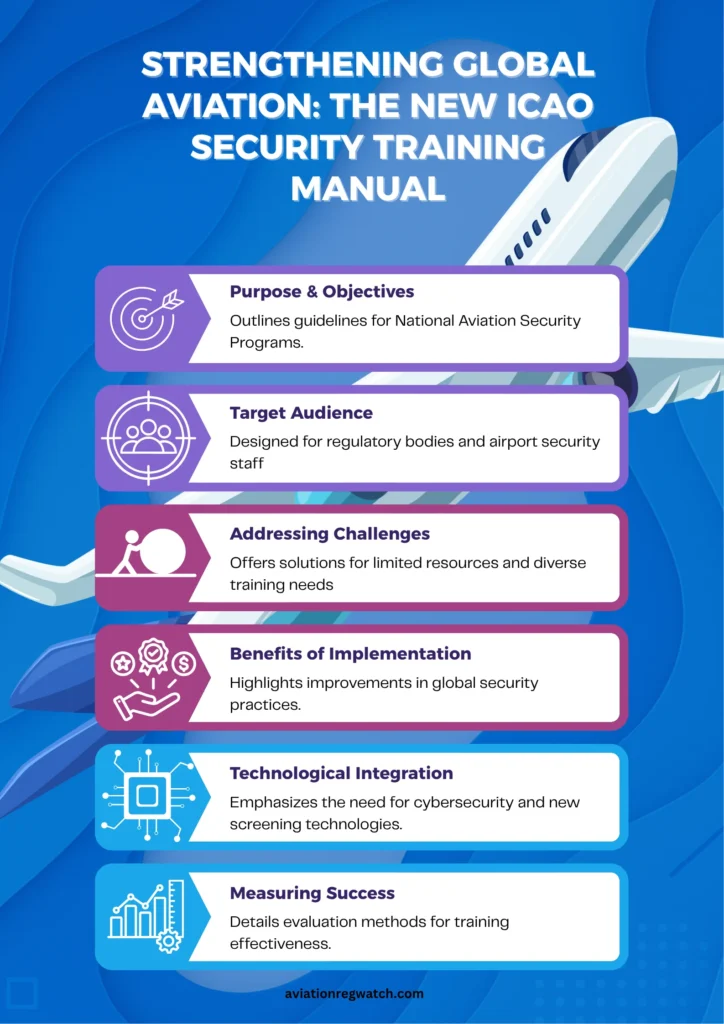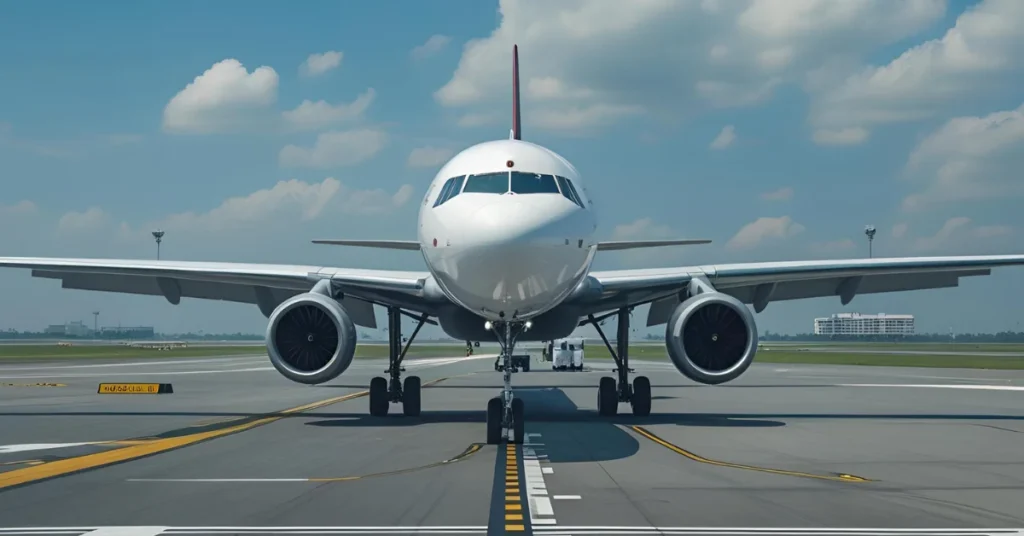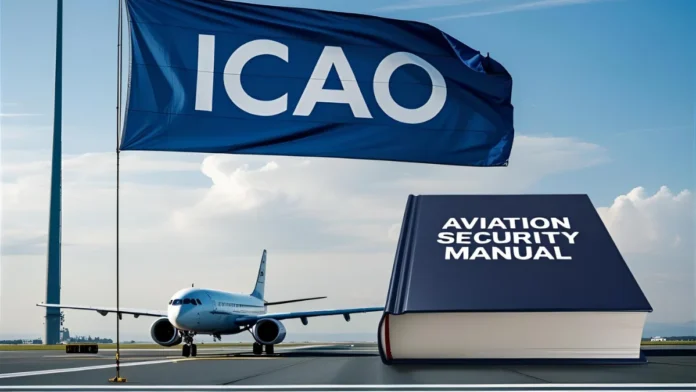The new Aviation Security Training Manual by ICAO enhances global security standards and provides essential guidelines for effective training programs.The International Civil Aviation Organization (ICAO) has launched its Aviation Security Training Manual (Doc 10207). The event is a significant step toward improving aviation security training globally. The manual was released in July 2025, demonstrating ICAO’s commitment to enhancing aviation security.
Purpose and Objectives of the Manual
Document 10207 provides comprehensive guidelines for developing effective National Civil Aviation Security Training Programs. It’s a key resource for aviation professionals to follow ICAO’s Annex 17 Standards. The manual focuses on training that is not only effective but also measurable and of high quality, ensuring that you are well-equipped and prepared.

Who is Impacted by this Manual?
The manual is designed for national regulatory bodies, training providers, airport security teams, screening staff, and auditors, providing them with the tools to enhance their training and meet international security standards.
Practical Considerations and Challenges
The manual addresses challenges such as limited resources and diverse training needs, helping States adapt global standards to their own specific situations. ICAO provides flexible yet standardized approaches to meet these challenges.
Benefits of Implementing the Manual
Using Doc 10207 will bring many benefits. Security will improve, as all concerned parties will start following the rules better. It will also make security practices more consistent worldwide.
Development and Strategic Context
The Aviation Security Training Manual was developed through a collaborative effort, reflecting ICAO’s extensive experience and the collective input of the aviation community. It addresses current security issues, including threats from conflict zones and terrorism, and aligns with other ICAO publications, ensuring consistency throughout. This collaborative approach makes you an integral part of a global effort to enhance aviation security.
Technologies and Cybersecurity Considerations
Future updates should incorporate new technologies and cybersecurity enhancements, including advanced screening tools, biometrics, AI, and strategies to combat cyber threats. Cybersecurity is crucial to maintaining aviation safety against digital attacks.
Measuring Training Effectiveness
Training success will be checked through tests, audits, and real-world exercises. These should be the same everywhere, making it easy to compare. States will share their results and best practices to keep improving together.
Conclusion
With the Aviation Security Training Manual, ICAO is showing its commitment to aviation security. The industry welcomes it, seeing it as a chance to improve security training worldwide. But, success depends on States’ efforts, resources, and teamwork.
Analysts stress the importance of continuous updates to face new threats. Future versions of the manual will include more on new technologies and cybersecurity, ensuring its relevance in the ever-evolving aviation security landscape. By measuring training success together, we can ensure that the manual remains a reliable tool for keeping aviation safe.

Aviation Security Training Manual: FAQs
What is the purpose of the ICAO Aviation Security Training Manual?
The ICAO Aviation Security Training Manual aims to provide guidelines for developing National Civil Aviation Security Training Programs. It focuses on effective, measurable, and high-quality training to enhance aviation security globally.
Who are the primary users of this manual?
The manual is designed for national regulatory bodies, training providers, airport security teams, screening staff, and auditors. It equips them with the necessary tools to improve their training in line with international standards.
What challenges does the manual address?
The manual tackles challenges like limited resources and diverse training needs, offering flexible yet standardized approaches. This helps states adapt global security standards to their specific situations effectively.
How will the success of the training programs be measured?
The effectiveness of the training programs will be evaluated through tests, audits, and real-world exercises. This standardization will facilitate comparison among states to share best practices.
Why is cybersecurity included in the training manual?
Cybersecurity is essential for maintaining aviation safety against digital threats. The manual emphasizes the incorporation of new technologies and strategies to combat cyber threats effectively.
Source: ICAO

